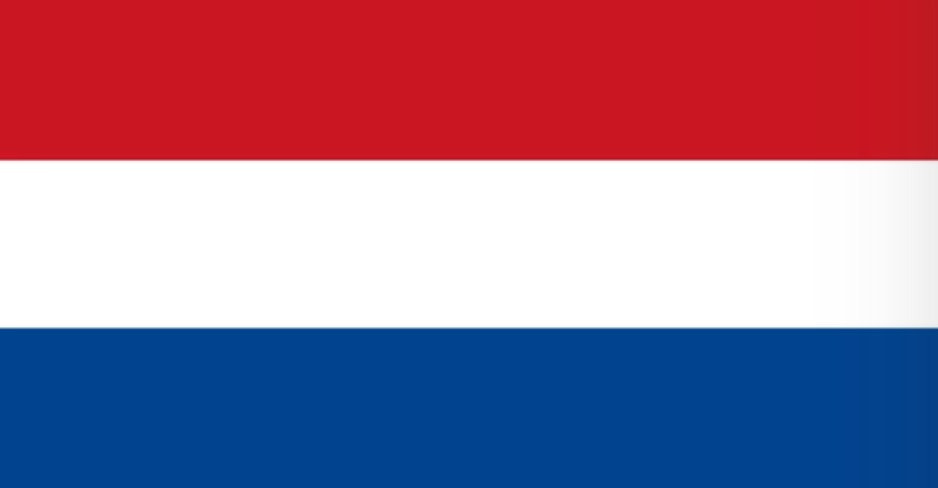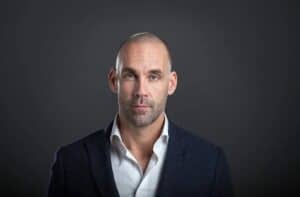A trendwatcher is a position that has been on the rise for quite some time now. We are looking at companies that must be able to anticipate the next big things and shifts in certain trends. With trends becoming shorter and more intense, we need more trendwatchers and better ones who can anticipate the next new trend more accurately. A trendwatcher is someone who knows consumer behaviour, emerging technologies and market dynamics of the past, so that they can predict them for the future. However, trend watching is more than just following the latest trends; it’s much more than that. We will explain the skills you need to develop to become a real professional trendwatcher.
Cultivating a trend-spotting mindset
Trend watching is more than just following trends; it is the underlying force that shapes our world and leverages them to drive innovation and growth. You can very easily influence people, but anticipating how the consumers will be influenced is where the trendwatcher comes in. Businesses can position themselves as industry leaders by combining data—driven insights from their company with innovative thinking to create a perfect influencing strategy to influence you to buy something eventually.
Richard van Hooijdonk, for instance, emphasises the importance of thinking beyond current trends by identifying disruptive forces early. In his lectures, he often explains how spotting weak signals can be more valuable than merely jumping on obvious trends—those weak signals are the seeds of tomorrow’s major shifts.
A trend is a different pattern, these patterns can shift in consumer behaviour, market dynamics or cultural preference that emerge over time. Trends represent the evolution of different factors. Trends serve as innovative input and tangible insight for companies, forming the core of trend watching.
Cultivating a trend-spotting mindset is done by closely monitoring trends. This gives an understanding of consumer behaviours, market shifts and emerging technologies. Forward-thinking businesses and trendwatchers actively engage in this process to anticipate and respond to evolving customer needs. By envisioning future demand and identifying unmet needs, they can position themselves strategically to innovate and lead in their markets or predict future trends.
Building a network of trend experts
Building a strong network with other professionals, both within your field and outside it, implies a mutual benefit. Like any positive social interaction, these interactions include sharing knowledge, providing support and insights to other professionals. Building a strong network can also help by giving each other job opportunities or providing introductions to other like-minded trendwatchers.
Richard van Hooijdonk is a great example of someone who’s built a strong network across disciplines—collaborating with universities, government institutions and global companies. His ability to gather diverse insights from different industries enriches his future outlook and adds depth to his trend analyses.
They don’t say “your network is your net worth” for nothing. Doing business consists of a lot of risks, and this environment can decrease the amount of risk by knowing other people in the field or being recommended a service, person or technology if someone else has already taken the risk. Therefore, seeking trusted advisors is a good way to de-risk important decisions. That is also the reason why it can be well worth the time and energy to invest in a good professional network.
Here are some key points to network like a pro:
Effective networking is built upon three principles: purpose, people and process. Reminding yourself of these three principles gives you a more reliable and trusted contact that will last.
- Purpose: Good networking generates value; try to aim to provide value to other people with every networking interaction.
- People: Effective networks aren’t linear; they’re a web. Your network may come from both personal and professional connections and should reflect the diversity of occupation and experience.
- Process: The third key to good networking is to make it a habit, make a routine set of behaviours to establish your process to make the most out of professional events.
Developing your analytical skills
Analytical skills are the ability to systematically evaluate information, identify patterns, draw conclusions and make well-informed decisions. Strong analytical skills are very helpful in this diagnostic phase by piecing together data to create a full picture. As a trendwatcher, it is very convenient to implement these skills into your trendwatching activities, to connect information and make well-estimated decisions. Analytical skills also foster innovation and can help you troubleshoot processes or operational improvements that will eventually increase productivity.
Predicting future business, market and cultural trends better positions your insights and those of organisations to take advantage of new opportunities or prepare for downturns. Business forecasting, like trend watchers, requires a mix of research skills and predictive abilities, like statistical analysis, data visualisation and the ability to present your findings.
Leveraging technology for trend research
In today’s rapidly evolving landscape, leveraging technology is essential for effective trend watching. Artificial Intelligence (AI) and data analytics have transformed how professionals identify and analyse emerging trends. Tools powered by AI can process vast amounts of data from social media, search engines, and consumer behaviour, uncovering patterns that might be missed through traditional methods.
Natural Language Processing (NLP) further enhances this capability by analysing unstructured data, such as customer reviews and online discussions, to gauge public sentiment and emerging interests. These technologies enable trendwatchers to anticipate shifts in consumer behaviour and market dynamics more accurately.
However, while technology provides powerful tools for data analysis, the human element remains crucial. Expertise and intuition are needed to interpret data insights and apply them strategically. By combining technological tools with human judgment, trendwatchers can stay ahead of the curve, identifying opportunities and informing innovation.
Incorporating these technologies into your trendwatching practice not only enhances your ability to detect and understand trends but also positions you to respond proactively to the ever-changing market landscape.
Share via:


